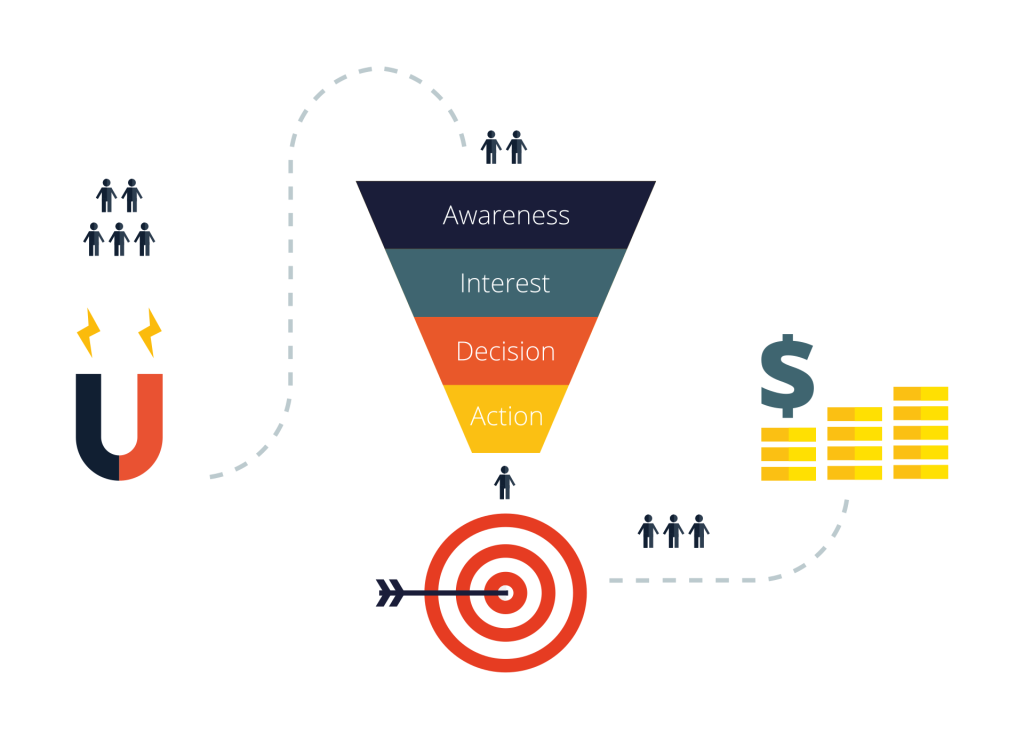Imagine increasing your conversion rates by even just a few percentage points. That would mean more leads, more customers, and more revenue for your business.
Well, that begins with your sales funnel, so if you’re not getting the results you want, you’re leaving money on the table. More importantly, it’s time to take a hard look at your funnel, see where you can make some improvements, and optimize your sales funnel conversion rates!
In this post, we’ll show you how to do just that. By the end, you’ll know exactly what to change in your funnel to start seeing better results.
What is a Sales Funnel?
First, let’s take a step back and understand what a sales funnel is and how it works.
Also known as a conversion funnel, a sales funnel is the process your prospective customers go through as they move from being aware of your product or service to becoming paying customers.
It’s called a “funnel” because there are typically more people at the top than at the bottom. That’s because not everyone who starts the journey will end up making a purchase.
As customers move through your funnel, you’ll need to provide them with enough value to keep them interested and moving forward. If you can do that, you’ll be well on your way to increasing your sales conversion rates!
The Purpose of a Sales Funnel
The primary purpose of a sales funnel is to convert leads into customers. But to do that, you need to be able to map out the customer journey from start to finish to better understand what your prospects need and when they need it.
With these deep insights, you can outline and develop marketing and sales strategies to guide your prospects through the funnel and increase your conversion rates.
So, in a nutshell, having a sales funnel helps you:
- Identify your best (and worst) marketing and sales strategies
- Improve your content marketing strategy
- Boost conversion rates
- Develop customer loyalty and increase customer lifetime value
- Grow your business!
When done right, having a sales funnel empowers you to influence your customers at every stage of their journey—from when they’re just learning about your product or service to when they’re ready to make a purchase and beyond, without being too sales-y or pushing too hard.
Now that we’ve gone over the basics, let’s look at how you can optimize your sales funnel to get better conversion rates.
The 4 Stages of a Sales Funnel
Next, let’s talk about the 4 stages of a sales funnel. You might’ve heard of the AIDA model, which stands for Attention, Interest, Desire, and Action. With sales funnels, it’s basically that framework that you need to think about, but we’re going to rename it just a little bit.
Instead of the A standing for Attention in advertising or marketing, it stands for Awareness in sales funnels. So it’s AIDA: Awareness, Interest, Desire, Action.
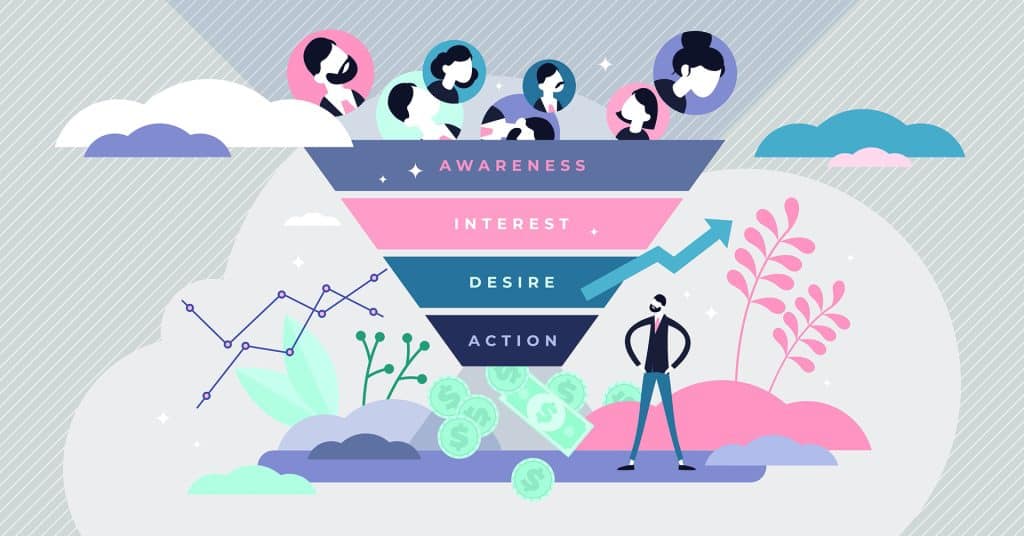
With that in mind, let’s go over each stage of the sales funnel to better understand how they work and what needs to happen at each stage.
Stage 1: Awareness
The awareness stage is the first and most important stage of the sales funnel because it’s where you need to get your prospective customers’ attention and introduce them to your product or service.
The awareness stage is referred to as a top-of-the-funnel stage because it’s at the top of the sales funnel, and as mentioned earlier, it’s the broadest stage. That’s because, at this stage, you’re targeting a large group of people who might not even be familiar with your product or service yet.
To generate awareness and get your target audience’s attention, you need to use marketing strategies that reach them where they are—which is why most awareness campaigns are done through paid advertising (PPC).
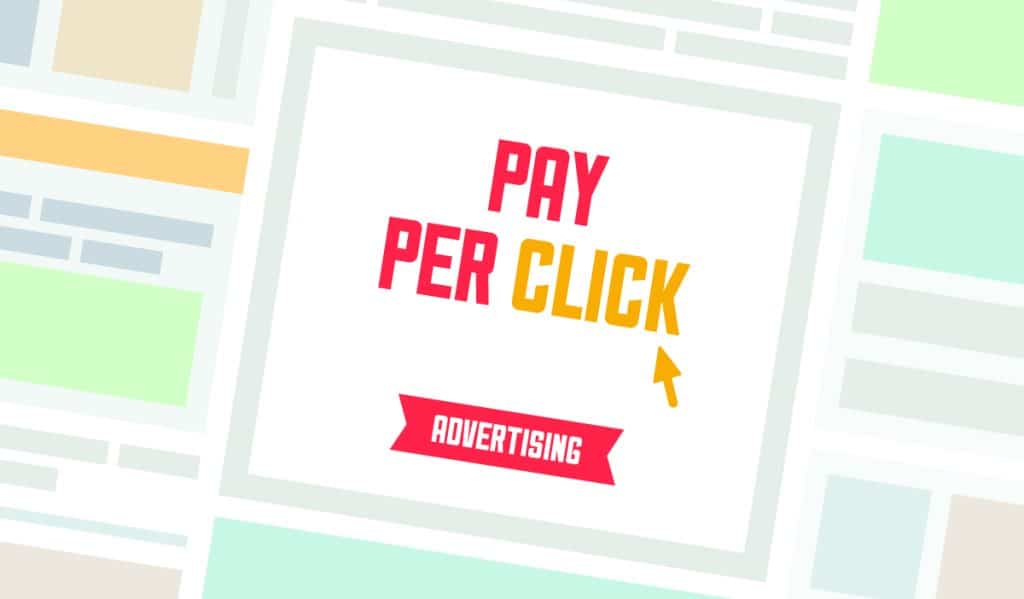
It’s not the only way, though. Other methods include:
- Ebooks
- Social media marketing
- Webinars
- PR
- Content marketing (blog posts)
The goal at this point is to get your target audience to take notice of your brand and start to engage with your content by, for example, signing up for your e-book or webinar, following you on social media, or reading your blog posts. Once you’ve done that, you can move them on to the next stage of the funnel.
Stage 2: Interest
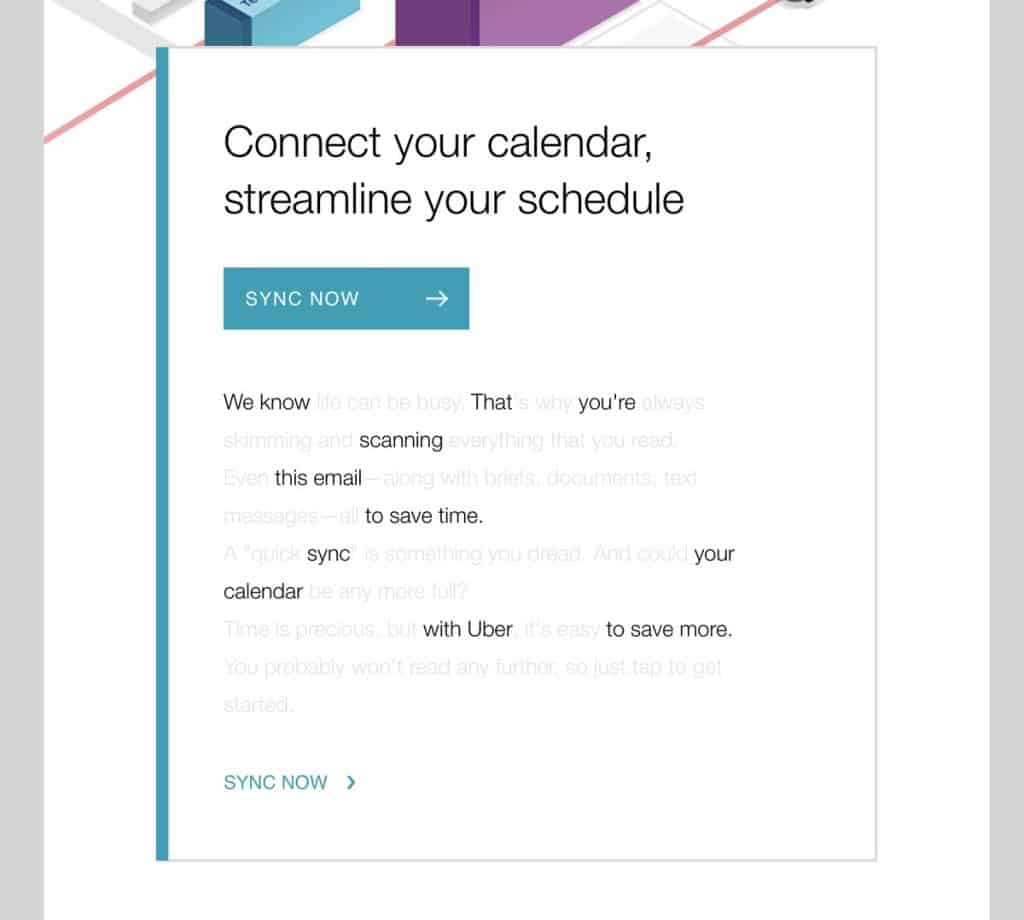
The interest stage is where you need to continue providing value to your prospects and build on the relationship you started in the awareness stage.
This is your chance to better get to know your prospects and figure out their pain points, challenges, and motivations. And most importantly, it’s your chance to show them that you have a solution to their problem.
To effectively generate interest, you need to create content that touches on the pain points and challenges your prospects are facing and start positioning your product or service as the solution.
Examples of content you can create to generate interest include:
- Email campaigns
- Blog posts
- Free trials
The goal at this stage is to get your prospects to take a step further in the relationship and start considering your product or service as a potential solution to their problem.
Stage 3: Desire
Throughout the interest stage, you should’ve been nurturing your prospects and building a relationship with them so that by the time they reach the desire stage, they trust you and are more likely to buy from you.
The key is to get your prospects to want your product or service, which means showing them all the ways it can help them solve their problem and improve their lives.
To generate desire, you need to create content that showcases the features and benefits of your product or service and how it’s helped other people just like them. Not just that, but you want to give them a hint of what to expect if they do decide to buy from you.
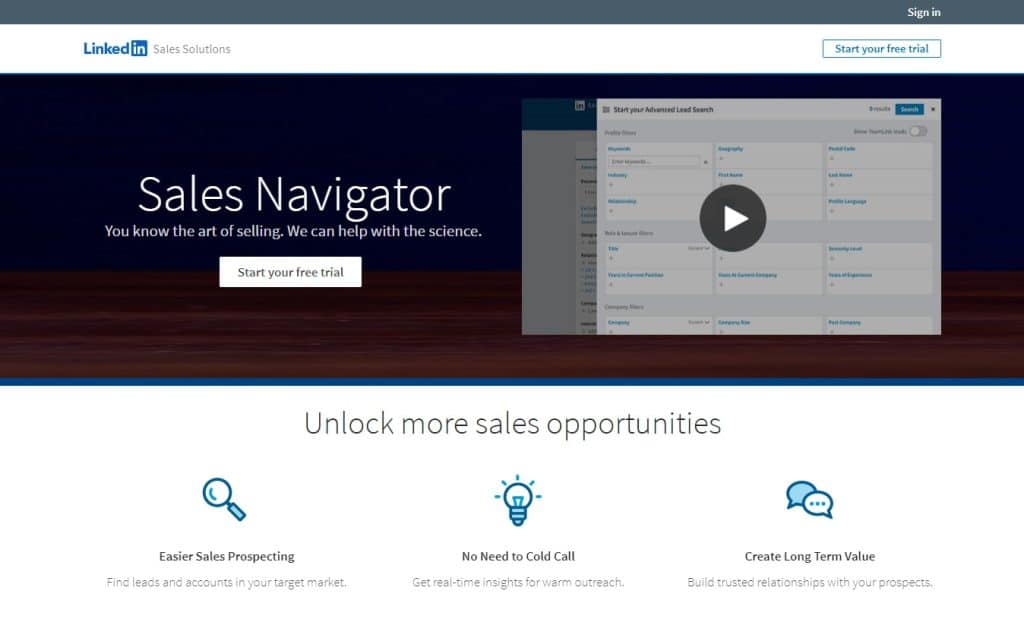
The type of content you create at this stage will depend on what you’re selling and who your target audience is. But some examples of content that generates desire include:
- Customer testimonials and reviews
- Free trials
- Product demos
The goal at this stage is to get your prospects to see your product or service as the best solution to their problem and start feeling excited about using it and becoming your customer.
Stage 4: Action
By the time your prospects reach the action stage, they should already be familiar with your product or service and convinced that it’s the best solution to their problem—which means all you need to do at this point is give them a little push to actually buy from you.
To get people to take action, you need to create content that makes it easy for them to buy from you. This includes things like:
- Email campaigns
- Target promotions
- Community building
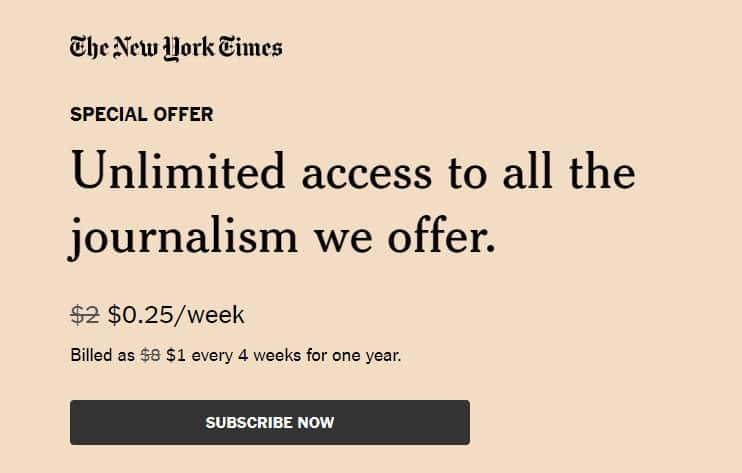
The goal at this stage is, of course, to get your prospects to take action and buy your product or service. But it’s also important to think about what comes after they’ve made a purchase.
Consider what offers you’ll make as upsells or cross-sells to maximize the lifetime value of your customer.
How to Optimize Your Sales Funnel for Better Conversion Rates
So that was a quick overview of the four stages of a sales funnel and what type of content you can create for each stage. But how do you actually optimize your sales funnel for better conversion rates?
There’s no magic bullet when it comes to sales funnel optimization—it’s going to vary depending on your business, your product, and your target market. However, here are 10 tips you can keep in mind to help you get started.
1. Determine Your Target Market
The first step to optimizing your sales funnel is to make sure you’re targeting the right people—in other words, people who are actually interested in what you’re selling.
One way to do this is to create buyer personas for your target market – a fictional representation of your ideal customer based on data and research. This will help you understand what they’re struggling with, what their goals are, and where they are in the buyer’s journey so you can create content that appeals to them.
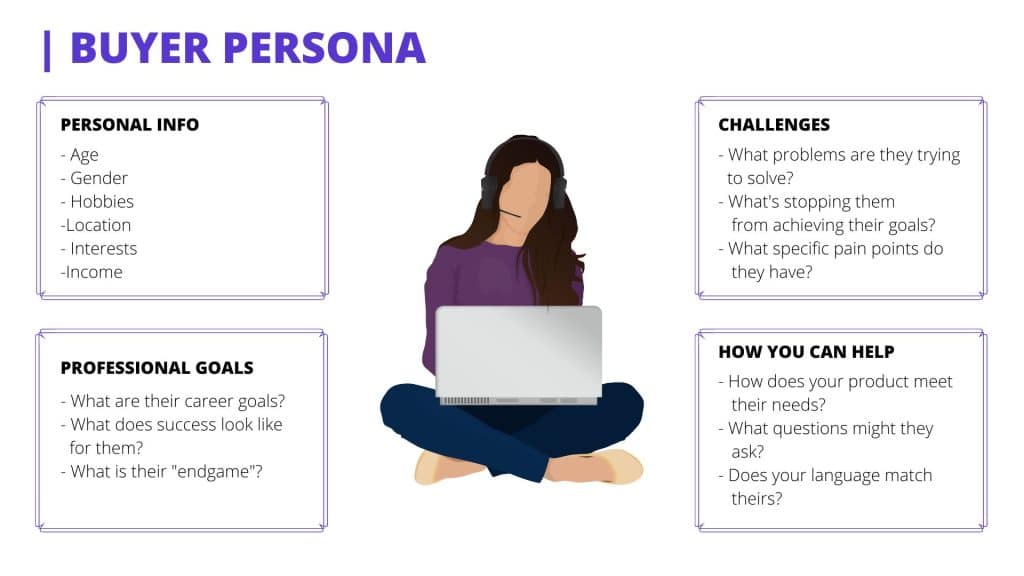
When you’re determining your target market, focus on:
- Age
- Gender
- Location
- Income level
- Interests
- Hobbies
- Technology
- Social Media Media Preferences
When constructed right, buyer personas can be extremely helpful in shaping your sales funnel and ensuring that you don’t have many drop-offs, especially at the awareness stage.
2. Create Compelling Content
Once you know who you’re targeting, it’s time to start creating content that will speak to them and encourage them to take action. As we’ve already discussed, the type of content you create will vary depending on the buyer’s journey stage your prospects are in.
But in general, most of your initial content will be targeted at prospects in the awareness stage, so it needs to be informative enough to make them want to learn more about your product or service and feel that you’re a credible source of information.
Your content also needs to be well-written, free of any spelling or grammatical errors, and easy to read. If it’s not, your prospects are likely to click away and find another source of information.
P.S.: You don’t have to limit your content to just blog posts – feel free to experiment with other formats, like infographics, ebooks, podcasts, and videos.
3. Optimize Your Landing Pages
Landing pages are one of the most important elements of your sales funnel because they’re where your prospects learn more about your product or service and take action on what they’ve learned.
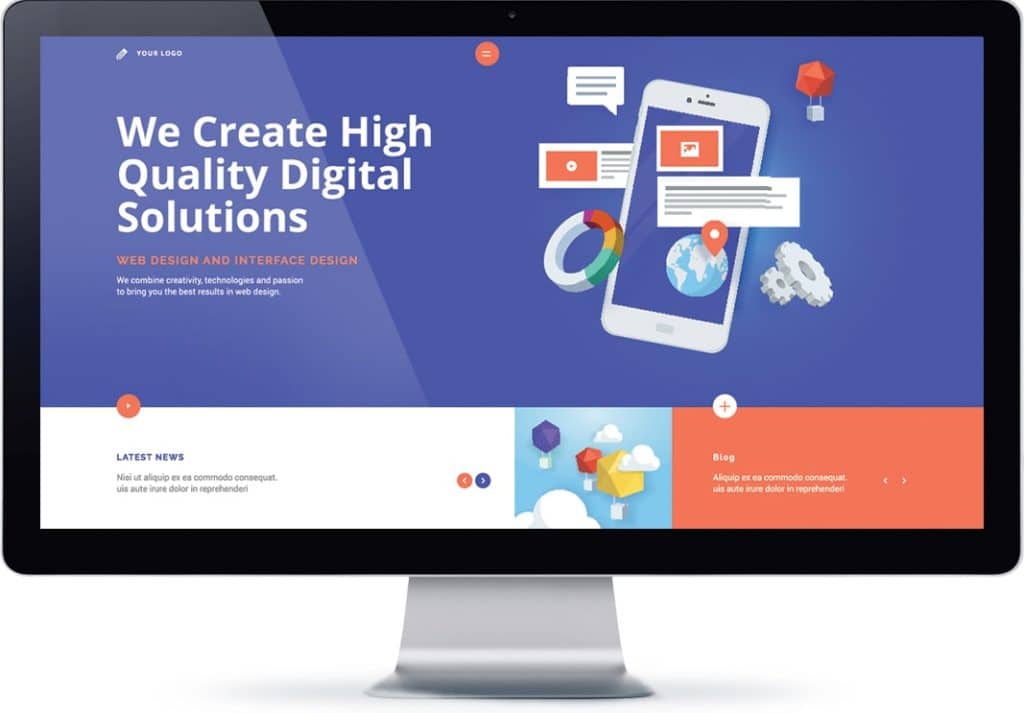
That’s why it’s so important to make sure your landing pages are optimized for maximum conversion potential. Here are a few things to keep in mind:
- Your headline should be clear and concise, and it should focus on the benefits of your product or service.
- Your copy should be well-written, free of errors, and easy to read.
- Your CTA should be clear and concise, and it should stand out on the page.
- Your form should be short and simple, and it should only ask for the information you need.
- Your landing page should be mobile-friendly, as more and more people are using their smartphones and tablets to browse the web.
4. Use Compelling, Optimized CTAs
Every website page should have a clear CTA that tells visitors what you want them to do next. That means that CTAs aren’t specific to a particular stage of the sales funnel – they can be used during every single stage.
For instance, awareness stage CTAs could be something like “Download our free ebook” or “Sign up for our webinar.” Meanwhile, desire stage CTAs could be something like “Request a demo” or “Book a free consultation.” Similarly, action stage CTAs could be “Buy now” or “Add to cart.”
In all cases, your CTAs need to be clear, concise, and actionable. They should also be relevant to the content on the page and optimized for conversion. For instance, if you’re running a promotion, you might want to use a CTA like “Get 10% off your purchase” instead of just “Buy now.”
5. Use Lead Generation Forms
Lead generation forms are one of the most effective ways to collect information about your prospects so you can follow up with them and turn them into customers.
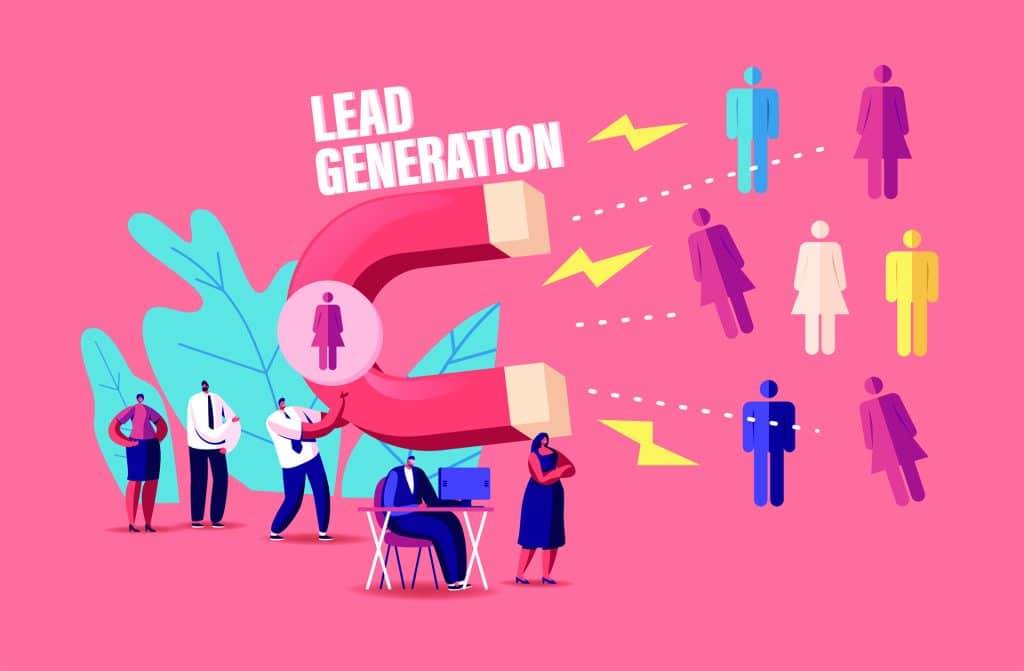
There are a few things to keep in mind when using lead generation forms:
- Your form should be short and simple, and it should only ask for the information you need.
- Your form should be placed prominently on the page, so visitors can’t miss it.
- Your form should be easy to fill out, with clear labels and instructions.
- You should use a CTA like “Submit” or “Sign up” to encourage visitors to fill out your form.
But most importantly, with lead generation forms, it’s a must to provide value in exchange for the information you’re asking for. For instance, if you’re asking for an email address, you could offer a free ebook in return. The chances of prospects filling out your form will increase significantly if they know they’re getting something in return.
6. Make Email Marketing a Priority
Great, you’ve captured your leads! Now what? The next step is to start nurturing those leads with email marketing. After all, your goal is to turn them into customers, and email is one of the best channels for doing that.
According to HubSpot, 64% of small businesses lever email as their primary lead generation channel, and for a good reason. Email is an effective way to stay in touch with your prospects, build relationships, and ultimately convert them into customers.
Ideally, nurture your leads with a series of emails that provide valuable information, build trust, and encourage them to take action. For instance, you might want to send an email course on a related topic or an ebook covering a specific pain point.
Then, as your relationship with your leads develops, you can start sending them more sales-focused emails and selling them on your product or service. Just make sure not to come on too strong, or you risk turning them off.
And of course, don’t forget to include a CTA in every email, so recipients know what you want them to do next. For instance, if you’re promoting a new product, your CTA could be something like “Learn more about the product” or “Buy now.”
7. Make Use of Social Proof
In today’s world, social proof is more important than ever. With the rise of social media, people are increasingly looking to their peers for recommendations before making a purchase.
In fact, according to Nielsen, 92% of people say they trust recommendations from will help build confidence in your product or service and ultimately increase conversions.
What does that mean for you? It means that if you can get people to say positive things about your product or service, you’re more likely to convert leads into customers.
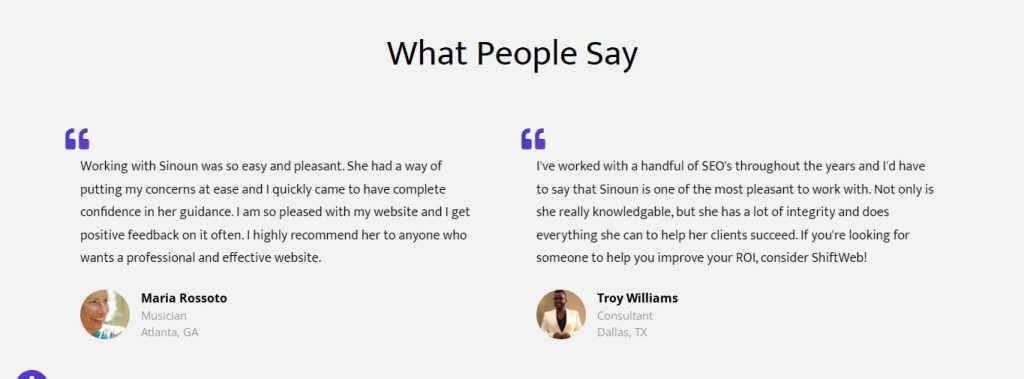
There are a few different ways to use social proof:
- Customer testimonials and reviews are an excellent way to show that other people have had success with your product or service. Include testimonials on your website and in your email marketing campaigns.
- If you have social media accounts, make sure to actively post and engage with your followers. Show that you’re responsive to comments and questions.
- Ratings are also a form of social proof. If you’re selling products on your website, make sure to include customer ratings and reviews.
- If you have any famous or well-known customers, make sure to showcase them prominently. For instance, if you’re selling a B2B product, you could include a case study on your website.
These trust signals all help show that your product or service is legitimate and can be trusted.
P.S.: Trust signals can also come in the form of delivery time turnarounds, satisfaction guarantees, and money-back guarantees.
8. Minimize Friction at the Conversion Point
Friction is anything that stands in the way of a prospect converting into a customer. In other words, it’s anything that makes it difficult or less likely for someone to buy from you. And when it comes to conversion rate optimization, friction is your enemy.
Take care that a study by the Baymard Institute showed that ~70% of online shoppers abandon their carts because of high shipping costs, lack of free shipping, lack of trust, slow delivery, complex navigation, or mandatory registration.
To reduce friction and increase conversions, you need to make the purchase process as easy and streamlined as possible.
That means offering multiple payment options, not forcing people to create an account, providing clear and concise product descriptions, including trust seals, making sure your website is mobile-friendly, and just making the overall process fast and efficient.
9. Set Measurable Goals and Track KPIs
One of the common mistakes businesses make is not setting measurable goals for their sales funnel. Without specific goals, you have no way of knowing if your sales funnel is actually working or if it needs to be tweaked.
And even if you are setting goals, you might not be tracking the right KPIs (key performance indicators). There are a lot of different metrics you could be tracking, but not all of them are equally important.
Some of the most important KPIs to track for your sales funnel include:
- Number of visitors: This is a good metric to track because it tells you how many people are actually seeing your sales funnel. If this number is low, it could be an indication that you need to generate more traffic.
- Number of leads: This metric tells you how many people are entering your sales funnel. If this number is low, it could mean that your offer isn’t compelling enough or that your traffic sources aren’t targeted enough.
- Conversion rate: This is probably the most important metric to track. This tells you what percentage of people are actually converting into customers. If this number is low, it could mean something wrong with your sales funnel.
- Average order value: This metric tells you how much money each customer is spending on average. If this number is low, it could mean that you need to improve your upsells and cross-sells.
Use Google Analytics to track these KPIs and other important metrics. Once you have this data, you can start to optimize your sales funnel’s different stages for better results. Google Analytics easily provides you with a visual demonstration of your sales funnel “leaks” and how to fix them.
10. Don’t Forget About Social Media
Finally, don’t forget about social media. Just because someone doesn’t convert right away doesn’t mean they never will. In fact, it’s often the opposite.
Many times, people need to see your offer multiple times before they’re ready to buy. That’s why it’s important to have a social media presence and retarget people who have visited your sales funnel but didn’t convert or even introduce your offer to new audiences. Both of these strategies can be very effective in increasing your sales funnel’s conversion rate.
Remember: ~72% of adult internet users use at least one social media site daily.
Social media is a great way to keep your brand top-of-mind and build trust with potential customers. But again, tailor your content to each stage. For instance, if someone is in the awareness stage, they’re not going to be interested in a hard sales pitch. Instead, aim for scroll-stopping visuals, videos, and infographics that educate and inform.
Then, for the interest and consideration stages, you can introduce your product or service in more detail and drive traffic to your website through ads. In the desire stage, you can really start to push your product with strong calls-to-action (CTAs) by retargeting people who have already shown an interest in what you’re selling.
And finally, in the decision stage, you want to make the purchase process as easy and streamlined as possible. You could even set up Instagram shopping or use Facebook’s Marketplace feature to make the purchasing process fast and efficient.
Now, Master Your Sales Funnel!
You should now have a good understanding of what a sales funnel is, how it works, and how you can optimize your sales funnel for better results. Just remember to keep track of your KPIs to see which changes are actually having an impact.
By improving your conversion rate even by a small percentage, you can significantly increase your revenue. So, it’s definitely worth taking the time to fine-tune your sales funnel.
Happy selling, and if you ever need help, don’t hesitate to reach out to our team!

